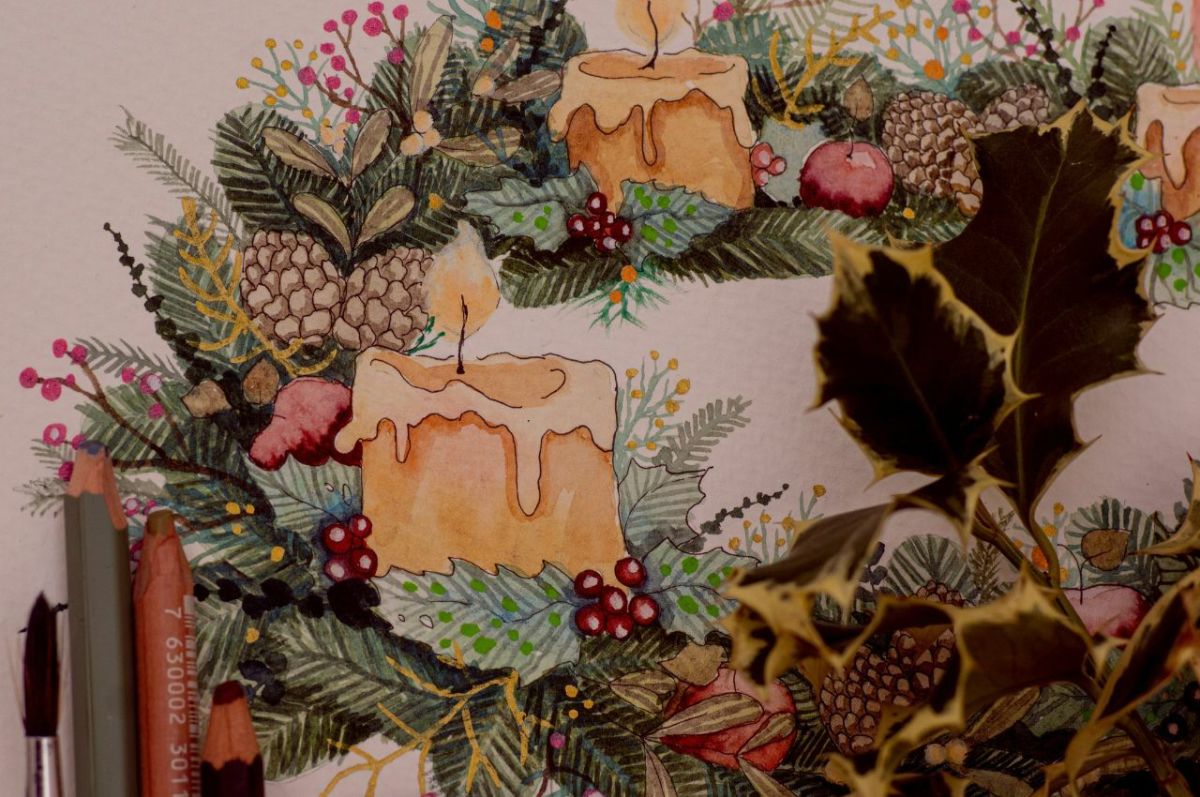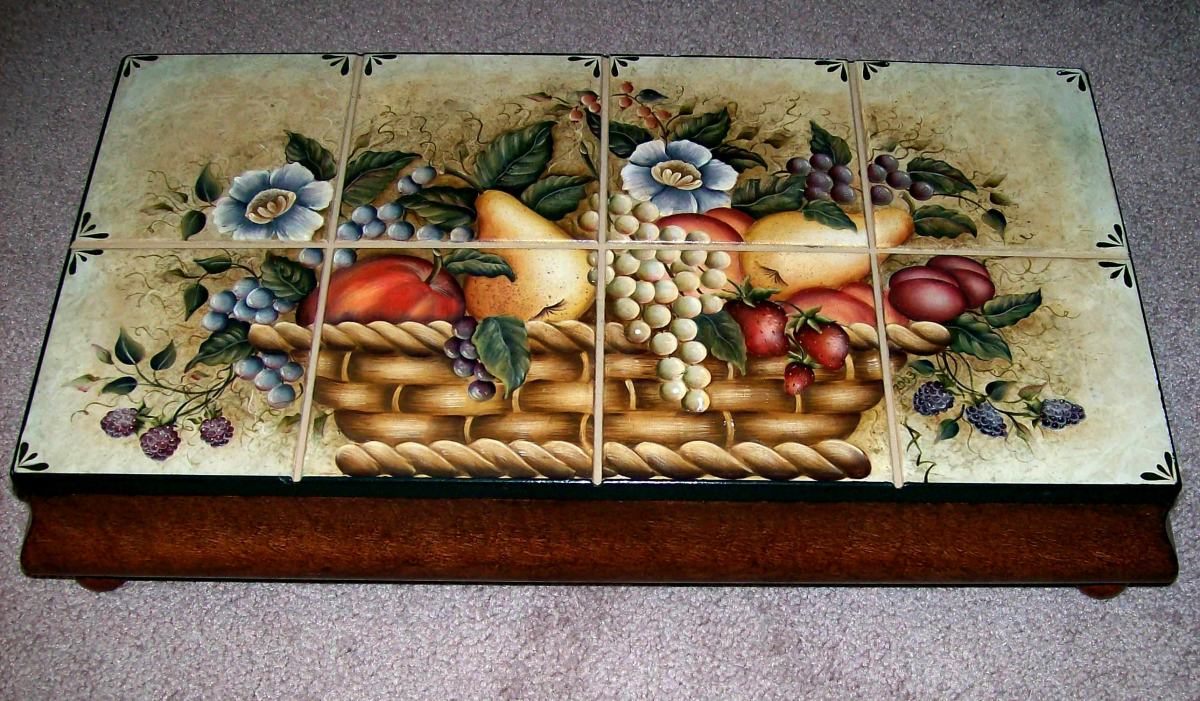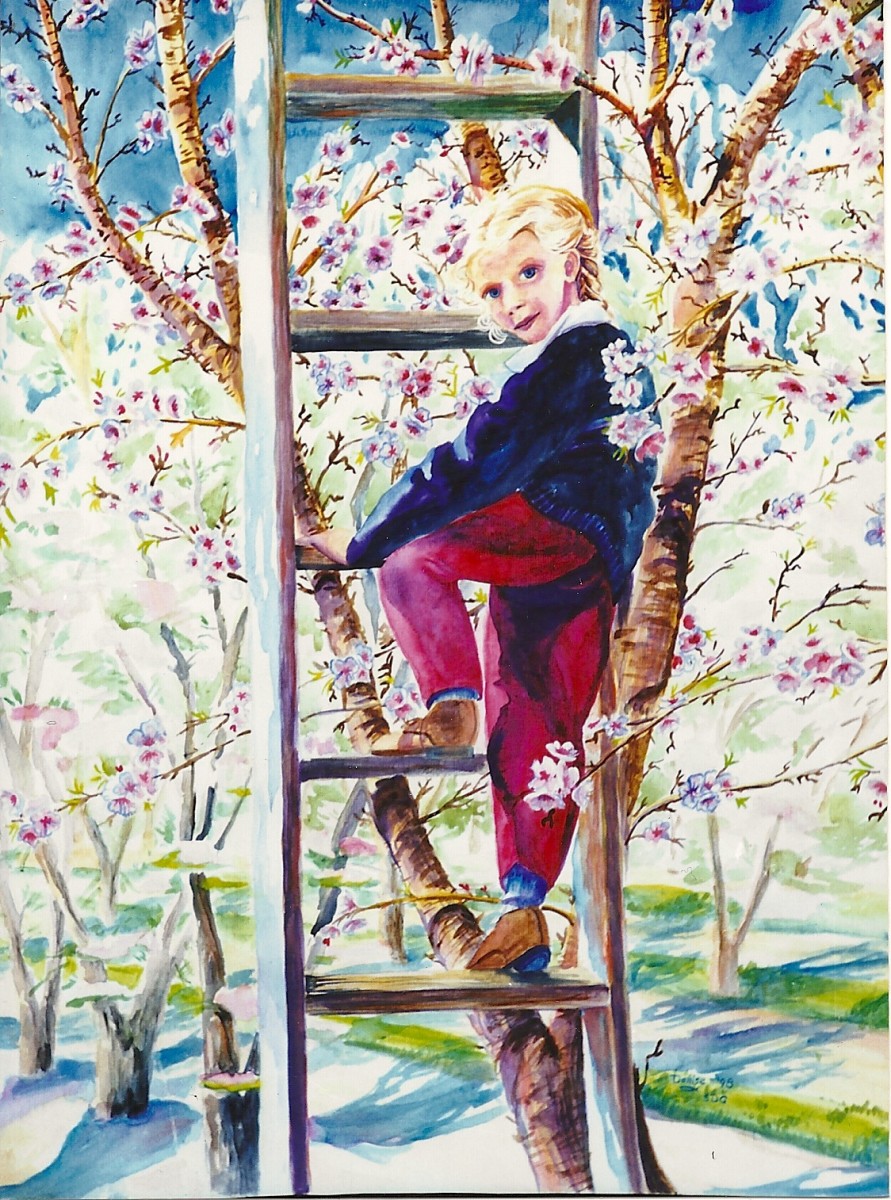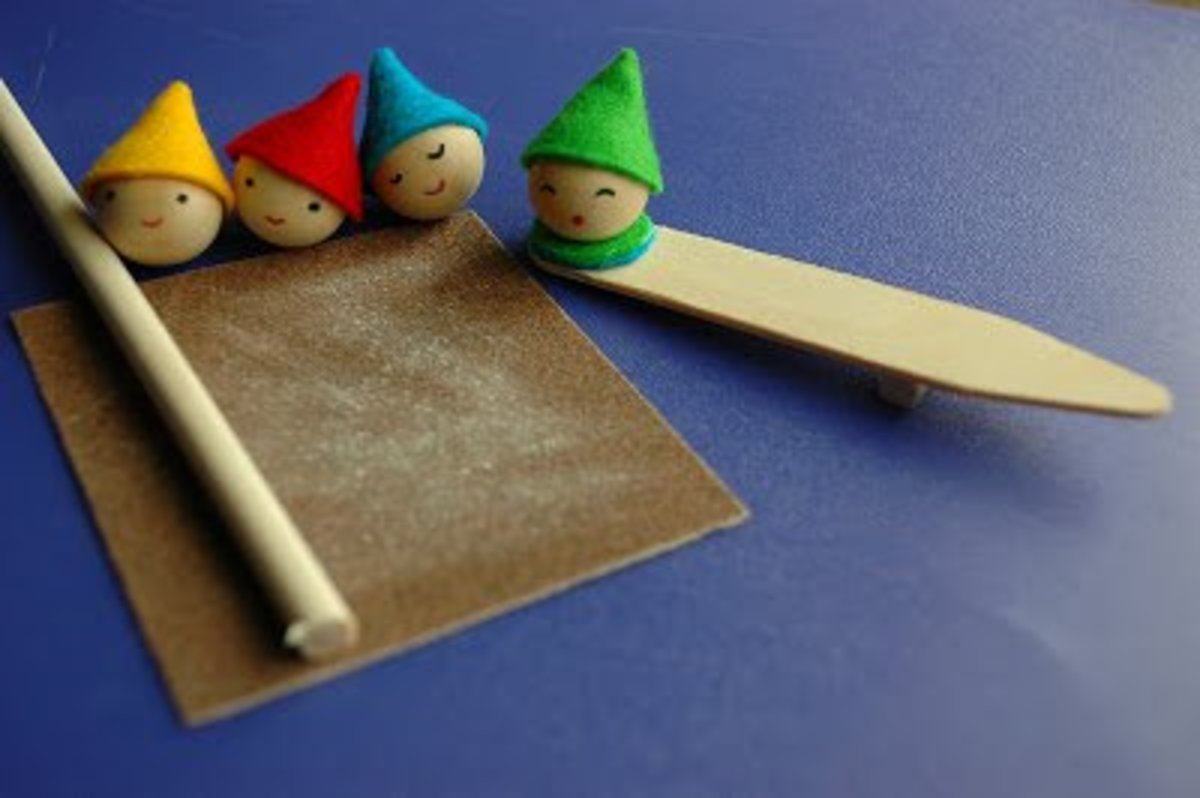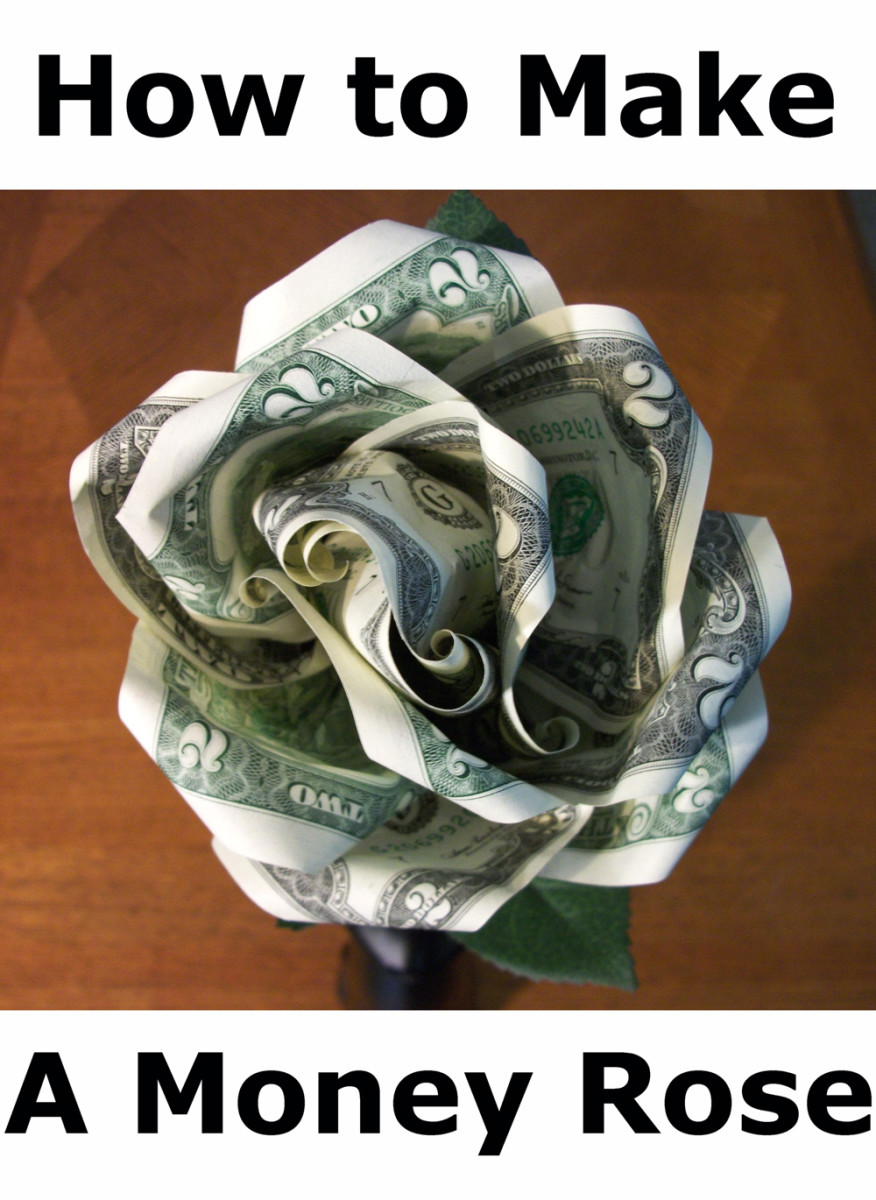Art how to paint - Presentation, Framing and Finishing to a gallery accepted standard.
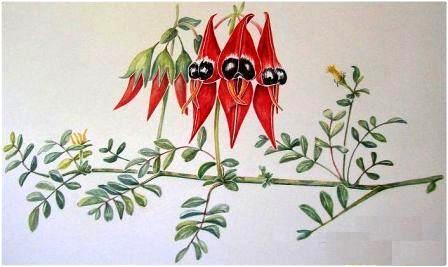
Congratulations! Excitingly, you have come up with some decent artwork that you would like to have shown in a gallery (or even just your own entry hall). You don't want to have your art looking unprofessional in it's presentation but also I'm sure you don't want to pay through the nose to have your artwork framed. What to do? Read on for tips and tricks to a professionally presented looking piece you can do yourself whether just for your own home or a gallery these rules apply and how to put a price tag on your art.
Presentation, Framing and Finishing
Art work such as drawings and paintings need to be framed behind glass as they cannot be wiped clean.
Mattboard (also spelled Matboard, Matte board)
- is thick cardboard usually cut with a bevelled edge.
- comes in all colors but the core is usually white.
- looks effective if it is doubled - eg 2 pieces glued together
- protects your work from the glass when it is framed
- enhances your work by creating a border
The color you choose for Mattboard must enhance the art work.
White or cream are standard or choose a color from the art work.
You can cut your own, but professionals use laser so the edges and corners are perfect.
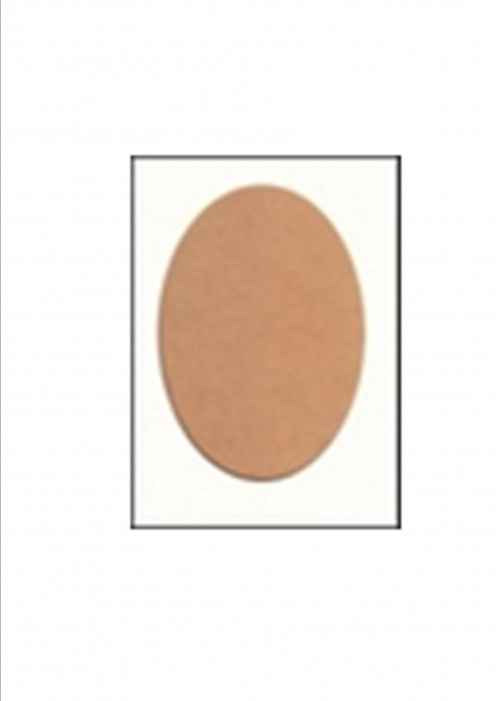
Matt board is also available pre-cut. The difference is that correctly cut board has:
- sides with equal width
- a slightly wider bottom than top. The eye drags pictures earthwards. A wider bottom on the mattboard corrects this.
The most common shapes are rectangular and oval but other shapes can be cut.
The shape must suit your artwork whether it be a drawing, painting, collage etc.
Framing
The frame will make or break your painting. A not-so-good painting can be strengthened by a good frame.
- Simple frames (black , white, gold, wood) are more in keeping with the feel of a watercolor.
- Ornate frames can compete for attention and detract the eye from your work.
- Framers have a variety for you to choose from and will put them on the computer so you can see the finished product before you buy.
For unframed work, matt and back it with stiff card, then seal in cellophane to protect it. Use good quality cellophane. Buy it in 3m rolls from newsagents and stationers so there are no folds in it.
If you are thinking of selling, often buyers prefer a painting to be unframed because:
- it is considerably cheaperthey can choose a frame to suit themselves or
- they can frame it themselves.
- it is easier to carry and less likely to get damaged.
- For exhibition your work must always be framed.
Signature
Always sign the work. Work out a signature that is clear and interesting.
Your signature goes at the bottom of the work and creates part of the design.
Either paint, ink or pencil can be used for the signature – choose to enhance the painting.
An unintelligible signature is fine when you are famous but for now, people want to know who you are.
Name
The name of a painting or drawing is more than 'just a label.
It describes the piece of art and gives a viewer a starting point. What do you want viewers to know about your piece?
People will always put their own interpretation on art.
Give your painting a name which describes elements such as
- the subject - Grapes, Longborne Bridge
- the emotion- Memories
- the message - Going Green
- a thought - Abstract Intention
The name can be something simple or more evocative. eg
- Tomatoes
OR
- First Light at Scott's Creek
- Approaching Storm
If you have painted something such as a flower or landscape etc, you might put the name, town and where you found it on the back. Buyers (and others) find this an added interest.
I sometimes put a few sentence describing why I was there or what I was doing at the time. It adds a personal touch.eg:
'This tree is about 2 kms west of Alice Springs. Look for it on the right after the Simpsons Gap turnoff. One morning I was there was there just after a heavy storm in July so everything was green and fresh.'
Costing your work if you plan to sell.
Artists charge what they think the buying public will pay.
As a rule of thumb, calculate
- the cost of the materials x3 plus
- framing if included x10% plus
- gallery and other commissions plus
- 10% contingency.
Start low. Value is added as your work improves and you become more recognized as an artist.
Your price increases with experience and fame.
Now you know what people are looking for in professionally presented artwork and how to cost out your work. Your on your way to becoming a known artist. Check out this link for my hub on a D.I.Y to framing and save yourself $$$.
Some great online art supply directories are: (I am in no way affiliated with or receive any type of payment from these companies)
- ebay,
- amazon
- http://www.dickblick.com
- www.info.com.au
Some other great hubs to read on watercolor are
Baby Steps to Beginning Watercolor Painting
Frank Clarke Watercolor Brushes
Check out my other hubs on painting and art.
Art - Watercolor painting - creating texture effects
Paint with watercolor, budding artist tips. Art answers to a few random questions.
How to paint and draw - perspective.
Paint in watercolor - REGAINING and RETAINING WHITES. How to paint edges with watercolor - Art beginners tips and techniques.
Art -Presentation, Framing and Finishing to a gallery accepted standard.
Art how to - DESIGNING A PAINTING or DRAWING.
How to paint and draw using a Two-point perspective.
Paint watercolor tips. Art how to
Art How to paint En Plein Air (painting outdoors)
Watercolour paper and tips on painting moving water.
Art how to on Watercolor painting - Technique - washes.
Painting and drawing General mistakes, problems and how to fix them.
D I Y Framing - an easy how to on framing to save you $$$
If you enjoyed my hub please check out my other hubs, comment, share and email the link to friends and checkout the items printed in blue for my recommendations and links.




